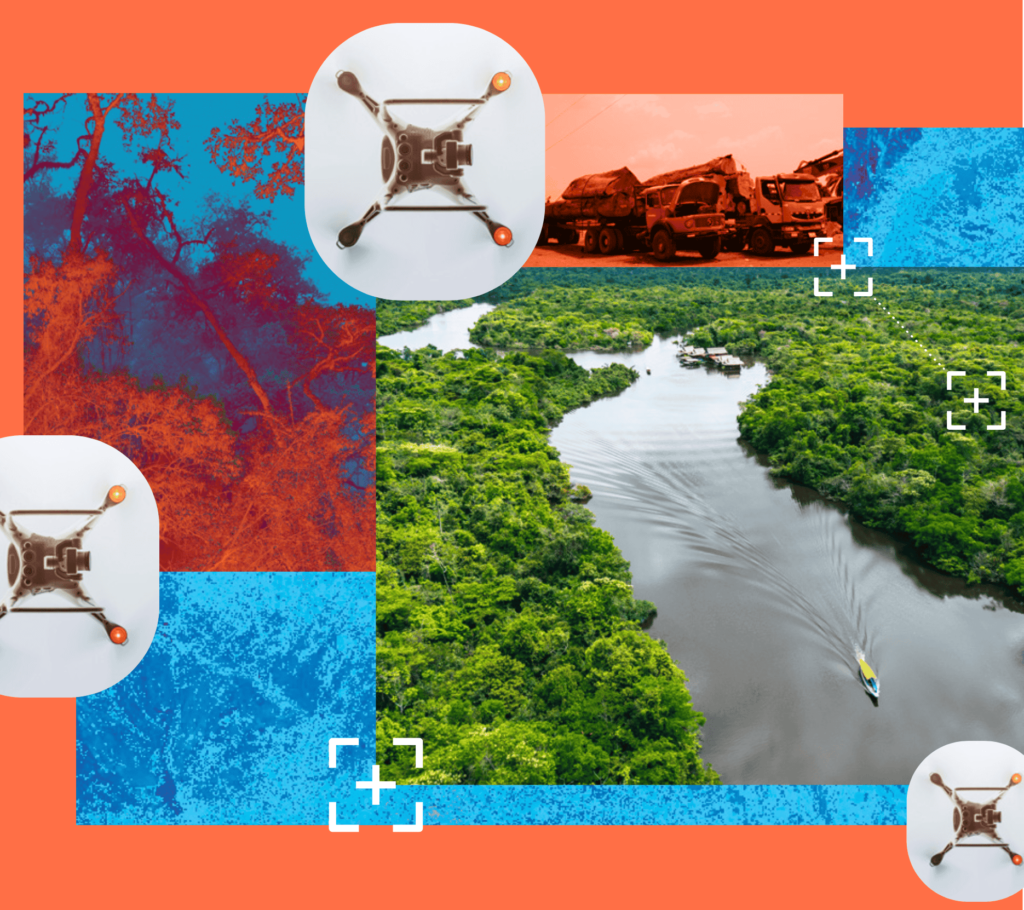AI: The New Ally in Conserving Forests, Food, Land, and Seas
Artificial Intelligence (AI) is making great strides in conservation efforts, impacting everything from forests and food to land and sea. Despite the scare stories, AI holds a bright promise in tackling numerous stubborn challenges.
1. AI Protecting the Forests
The vast and remote rainforests of South America face threats that are challenging to monitor. Enter drones equipped with sophisticated cameras and motion sensors. These drones fly quietly through the forest canopy, detecting signs of illegal logging or disturbance. AI can decode and analyze drone findings within seconds, providing real-time reports of emerging threats, such as new logging roads. These reports enable swift action to curb these threats.
2. AI Assisting in Wildlife Conservation
AI is invaluable in tracking elusive and endangered species and identifying threats they face. For example, AI has aided Indian conservationists in creating a comprehensive database of individual tigers. This database can verify whether a tiger pelt in the international market is from an unlicensed tiger farm or a result of illegal poaching. With the ability to analyze vast amounts of wildlife data from various sources, AI is actively identifying and tracking individual creatures in remote environments, providing crucial information for conservation strategies.
3. AI Revolutionizing Agriculture
The ability of AI to scan and analyze a vast amount of data from different sources is particularly beneficial for low-income farmers. In southern India, a pilot run by the World Economic Forum India’s Centre for the Fourth Industrial Revolution and government bodies used AI for various farm activities. This ranged from soil analysis to pest prediction, quality control, and marketing. The result? Farmers saw a 20% increase in chili production per acre, lowered pesticide and fertilizer use, improved product quality, and doubled their net income.
4. Ecoacoustics: Measuring Soundscapes at Sea
Ecoacoustics is a promising new method of monitoring the health of coral reefs by listening to them. An AI system, SurfPerch, developed by scientists in conjunction with Google and its AI division, DeepMind, can decode sound data to identify and trace the movement of fish and other marine species. This decoding helps create a picture of the ecological health of the reef and its surroundings. The AI model is ‘trained’ using bird song libraries, highlighting AI’s ability to self-teach and improve its performance.
The Power Consumption Problem
A significant concern with AI is its high energy consumption. However, major players like Google and Microsoft are investing heavily in renewable energy sources to power their operations. Furthermore, AI is being used to analyze energy demand and consumption at a detailed level, optimizing it and leading to significant energy savings.
This analysis proves that AI in its infancy already has the potential to save similar levels of energy consumption. This could be through a building minutely adjusting to changes in weather or occupancy patterns or a fridge providing just the right amount of cooling for what’s inside it.
The Future of AI in Conservation
AI holds out the prospect of being able to understand animals, from a bat’s squeak to a whale’s song, by analyzing a vast range of recordings and understanding how individual creatures communicate with each other under different conditions. Though the ability to interpret whale song is in the distant future, the potential benefits in terms of conservation insights and intra-species respect and understanding are significant.





